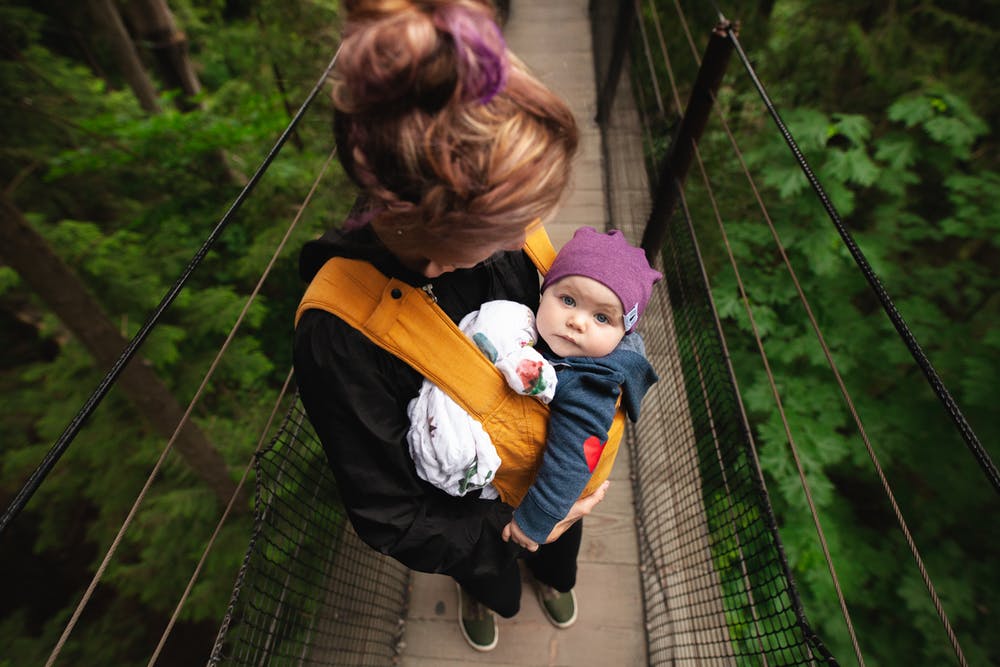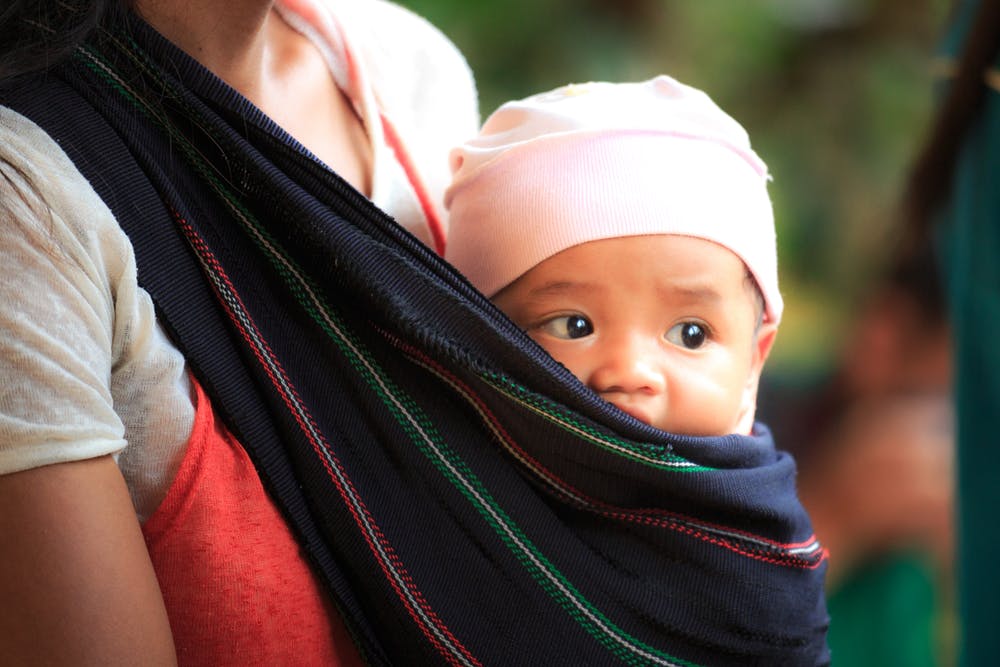nalco group
bone, muscle & joint pain physio
BOOK NOW / WHATSAPP ABOUT YOUR PAIN OR INJURY
- NOVENA 10 Sinaran Drive, Novena Medical Center #10-09, Singapore 307506
- TAMPINES 9 Tampines Grande #01-20 Singapore 528735
- SERANGOON 265 Serangoon Central Drive #04-269 Singapore 550265
Home > Blog > Women's Health Physio > How To Choose Baby Wearing Carriers That Suits You
How To Choose Baby-Wearing Carriers That Suits You

Having seen so many prams and strollers around in baby fairs and in the streets of Singapore (and even when we travel around the world), we've noticed that more and more moms (and dads yay!) have been baby-wearing and baby-carrying.
Some prefer the simple cloth scarves, some prefer the preformed baby carriers and some prefer the sling - the question is which is better?
This article covers specificly on baby-carrying (we have all three types haha) because baby carriers have so many advantages:
- keep your child close to you (great eye contact, protection, etc)
- help with thermoregulation (keeps baby and you warm - great when it's cold)
- improves positioning for physical growth
- allows your hands to be free to work/do tasks whilst you be close to your little one
There are 2 general types of baby carriers:
- Baby-carrying scarf/wrap: this technique is for all parents wanting a
carrying method that respects the physiology of their baby. It can be
used from birth until about 2 to 3 years old. It's versatile, parents can wear it at the
front, back or even at the side (side sling). The drawback to this method is that it
can take longer to put on and get ready.
- Preformed baby-carrier: this is a Westernized model
of the scarf “backpack” version. The preformed sling can be used from
birth (for very young babies, please ensure there is a seat for them inside if it's too deep; also depends on models and brands) until about 3 years old.
How to choose the best baby carrier?
We're not kidding when we say that there is so many models, sizes and companies out there that manufacture and sells baby carriers...so how can any one choose their baby carriers?
It also depends if fathers are also going to use the same baby carrier too, so we need to consider the use and comfort of the users:
- mothers
- fathers
- child/baby
The 6 key points to follow for different kinds of baby wearing/carrying

- The baby’s hips should be in frog-like or “M” position. The knees should be higher than the buttocks in order to respect their natural body posture and prevent hip dysplasia.
- The baby’s back should be rounded. To achieve this, favour frontal carrying until the baby is 6 months old.
- The fabric must support the baby’s head in order to avoid neck extension until the baby acquires sufficient muscle strength for head support (4 to 5 months old). In addition, the head and spine should remain aligned to avoid any muscle tension. Also make sure that there is enough room between the chin and the chest to avoid any respiratory problems.
- The baby’s hands should be in front of him/her against your chest,
keeping their arms and legs together. This is for safety and protection.
- The baby’s top of head should be just under your nose.
- The baby carrier must be adjusted to each user, the belt properly positioned on the lower part of the back, at the beginning of the pelvis and not under the ribs. Avoid asymmetric carrying (on the hip or sling type) in order to avoid tension in your back. A good distribution of the baby’s weight on the carrier’s shoulder/back/pelvis will ensure his/her comfort.
Item #6 is often underlooked, especially when baby carriers are shared between spouses (father-mother-others). You see, some carriers are for taller/larger individuals, and some are smaller, and some for wider etc - if you are sharing carriers, please always go with the person you are sharing the carrier with so that he/she can also test and try to see how the baby carrier fits on them.
The person wearing the carrier shouldn't feel any restrictions or discomfort or pains when wearing it, even after 1 or more hours (excluding fatigue from carrying baby weight around). When baby carrier is poor-fitting, it can cause:
